Moldy Foods: When to Toss, When to Keep

Jultud
How many times have you found cucumbers or cheese in the fridge with mold? Should you just cut off the moldy area or toss? Some molds can be toxic and make you sick. Find out when it’s okay to keep it, and when to throw them away.
What’s the Deal with Mold?
Molds are fungi that are transported by air, water, or insects. Although you can see the green or blue fuzzy dots on bread, cheese, meats, fruit, and vegetables, they have branches and roots that are can be growing very deep into the food. Some molds can cause allergic reactions and respiratory problems. Under the right conditions, a few molds can produce poisonous toxins that can make you sick. Although most molds prefer warm temperatures, they can easily grow in your fridge. They also love salty and sugar foods like jams and cured meats.
So which foods should you keep verses toss? You don’t want to be that person who just tosses everything in the trash, which can lead to lots of unnecessary food waste. Here’s a list of what you should keep verse toss based on the recommendations from USDA’s Food Safety and Inspection Service (FSIS).
Hard Cheese: Keep
The mold generally can’t penetrate deep into hard cheese like cheddar and Parmesan. Cut off at least 1-inch around and below the mold spot. After cutting, then re-cover the cheese with fresh wrap.
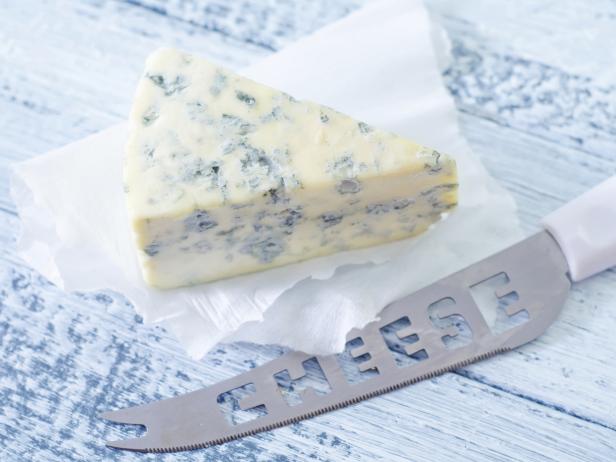
tycoon751
Blue Cheese: It Depends
If the mold is not a natural part of the cheese, then it depends if it’s a soft or hard cheese. Discard soft cheeses like Brie or Camembert if the mold isn’t a part of the manufacturing process. If the mold is on a hard blue cheese like Gorgonzola and Stilton, then cut off the mold at least 1-inch around and below the mold spot. After cutting, then re-cover the cheese with fresh wrap.
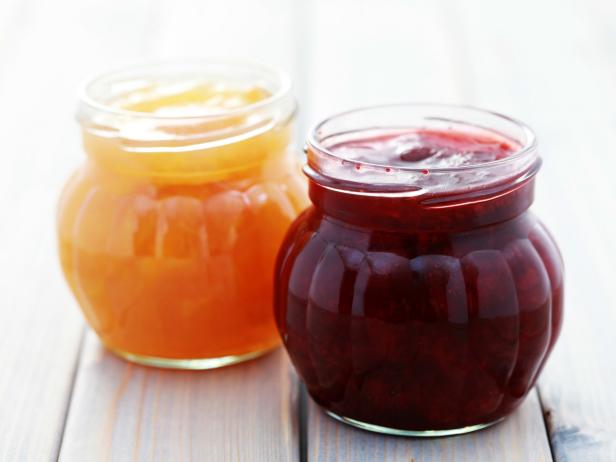
matka_Wariatka
Jams and Jellies: Discard
Don’t scoop out the mold and use the rest. The mold found in jams and jellies could be one that produces dangerous poisons and can be deeper than you think.

Yogurt and Sour Cream: Discard
Foods that are high in moisture can be contaminated below the visible surface. They may also have bacteria growing along with the mold that you won’t be able to see.
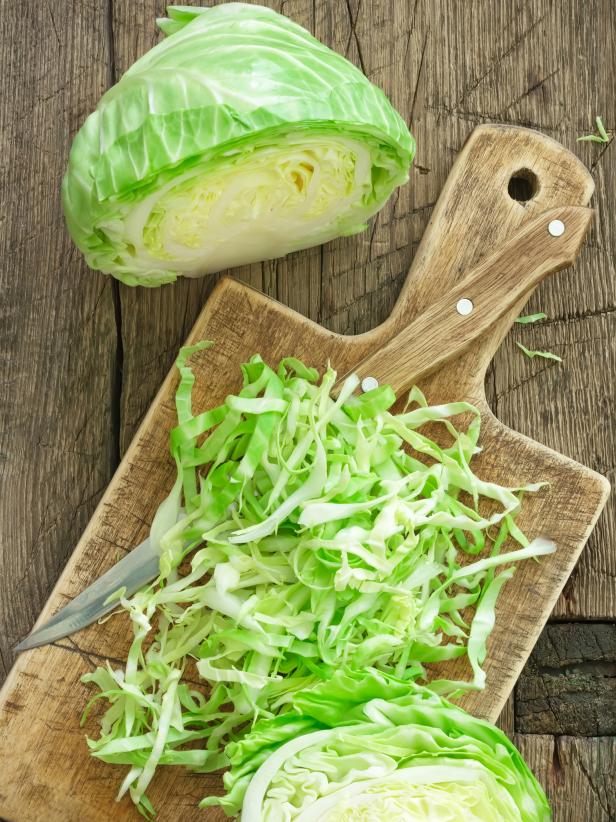
YelenaYemchuk, YelenaYemchuk
Cabbage and Bell Peppers: Keep
If mold is found on hard fruit and vegetables like cabbage, bell peppers, carrots, and cabbage then cut off 1-inch around and below the mold spot. Make sure the knife doesn’t touch the mold and end up cross-contaminated into other parts of the produce.

Etienne Voss
Cucumbers and Peaches: Discard
If mold is found on soft fruit like strawberries, peaches, cucumbers, and tomatoes the food should be discarded. Because these fruits and vegetables are high in moisture, the mold can exist deep into it.
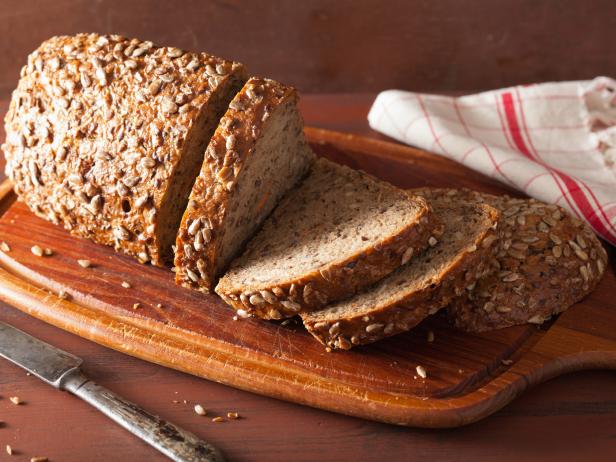
Olga Miltsova/iStock
Bread: Discard
Mold can exist below the surface because it is so porous.
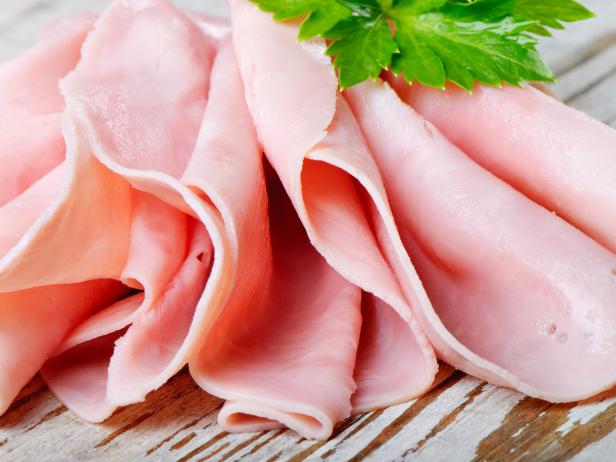
Bit245 / iStock
Luncheon Meats: Discard
With its high moisture content, mold can exist below the surface. Plus, there can also be bacteria growing too.
Minimizing Mold Growth
Mold spores can build up in your fridge and dishcloths. To help keep mold at bay:
-- When going food shopping, examine the food before you buy it.
-- Clean the inside of your fridge every few month with a 1 tablespoon baking solution mixed with a quart of water. Rinse with water and dry.
-- Keep kitchen dishcloths, sponges, and towels clean and fresh. If there is a musty smell, it probably means mold is present. Discard anything that cannot be cleaned or tossed in the laundry.
-- When serving food, keep it covered to prevent exposure from spores that may be in the air. Use plastic wrap to keep it covered when not being served.
-- Use leftovers within 3-4 days.
*This article was written and/or reviewed by an independent registered dietitian nutritionist.
Toby Amidor, MS, RD, CDN, is a registered dietitian and consultant who specializes in food safety and culinary nutrition. She is the author of The Greek Yogurt Kitchen: More Than 130 Delicious, Healthy Recipes for Every Meal of the Day.






























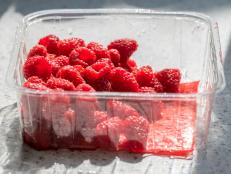
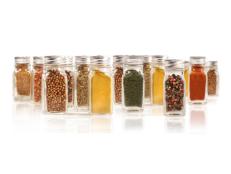
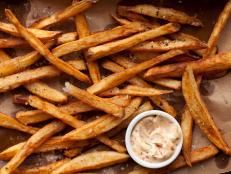
.jpeg.rend.hgtvcom.231.174.suffix/1646163177903.jpeg)
